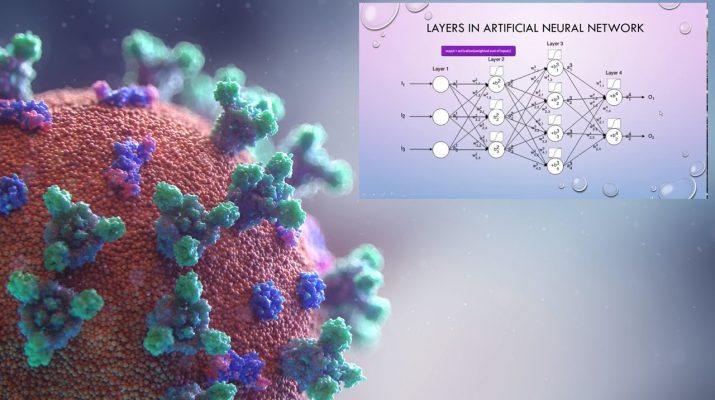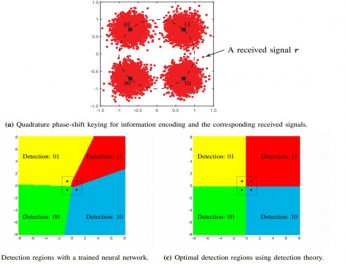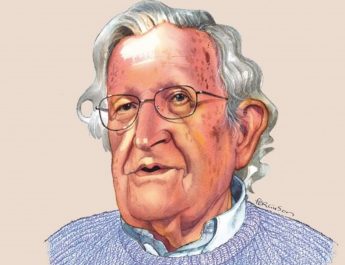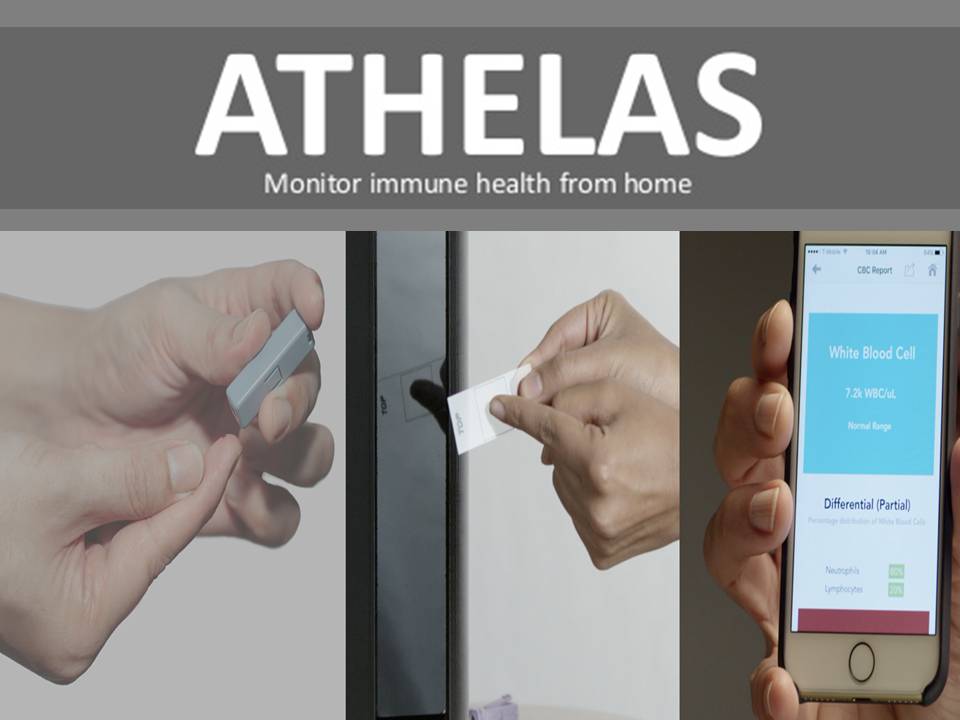This survey searches how Deep Learning has battled the COVID-19 pandemic and provides ways for future research on COVID-19. It covers Deep Learning applications in Natural Language Processing, Computer Vision, Life Sciences, and Epidemiology.
It is explained how each of these applications changes with the availability of big data and how learning tasks are built. It begins by evaluating the current state of Deep Learning and ends with key limitations of Deep Learning for COVID-19 applications.
These limitations include Interpretability, Generalization Metrics, Learning from Limited Labeled Data, and Data Privacy. Natural Language Processing applications involve mining COVID-19 research for Information Retrieval and Question Answering, as well as Misinformation Detection, and Public Sentiment Analysis. Computer Vision applications cover Medical Image Analysis, Ambient Intelligence, and Vision-based Robotics.
Within Life Sciences, this survey looks at how Deep Learning can be implemented in Precision Diagnostics, Protein Structure Prediction, and Drug Repurposing. Deep Learning has additionally been used in Spread Forecasting for Epidemiology.
SARS-CoV-2 and the resulting COVID-19 disease is one of the biggest challenges of the 21st century. At the time of this publication, about 43 million people have tested positive and 1.2 million people have died as a result. Combating with this virus needs heroism of healthcare workers, social organization, and technological solutions.
This survey focuses on advancing technological solutions, with an emphasis on Deep Learning. It highlights many cases where Deep Learning can help social organizations such as Spread Forecasting, Misinformation Detection, or Public Sentiment Analysis. Deep Learning has gained massive attention by defeating the world champion at Go, controlling a robotic hand to solve a Rubik’s cube, and completing fill-in-the-blank text prompts. Deep Learning is advancing very quickly, but what is the current state of this technology? What problems does Deep Learning have the ability to solve? How do we explain COVID-19 problems for the application of Deep Learning? It examines these questions through the lens of Deep Learning applications fighting COVID-19 in many ways.
Connor Shorten,
Taghi M. Khoshgoftaar
Borko Furht
Source: https://link.springer.com/article/10.1186/s40537-020-00392-9




